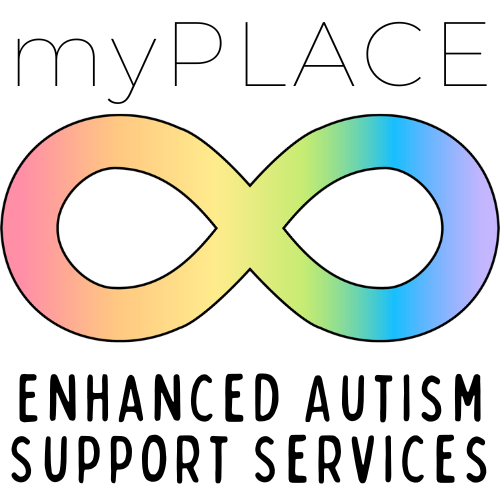
Disability Services Office (DSO)
215 Stratton Admin Building
Kutztown University
DSO@kutztown.edu
610-683-4108
Open Monday - Friday
8:00 A.M. through 4:30 P.M

The National Institute of Mental Health defines Autism Spectrum Disorder (ASD) as "a neurological and developmental disorder that affects how people interact with others, communicate, learn, and behave" (2025). ASD varies greatly for each person, which is why it is considered a spectrum as each person has differing levels for a range of needs and supports. Our understanding of ASD has also evolved over time as we gain a better understanding on its affect, which is allowing for more accurate diagnoses.
As of 2021, "it is estimated that between 0.7% and 1.9% of the undergraduate college student population might be on the autism spectrum, with or without a formal diagnosis" (Anderson, A., 2021).
The video below, What Is the Autism Spectrum?, was created by Hank Green and uploaded to his channel called SciShow, which posts content about scientific subjects. This specific video dives into Autism Spectrum Disorder (ASD) from a medical standpoint, providing information on the following:
The video ends discussing our current understanding of ASD as a neurodivergence, which is allowing for better developments within our society's community to provide support for neurodiverse needs.
The following video, Facts and Myths about Autism, was created by the Centre for Education Neuroscience. The video portrays a person drawing and writing down information to discuss the following information about ASD:
The following are great books to read to better understand the history and impact of ASD.
Eric Garcia, author of We're Not Broken, will be attending Kutztown University in April! Event details below:
Autistic Women
Historically, ASD was thought to only affect males, which created an absence in research on how it affects females. This has led to many women being misdiagnosed or undiagnosed. Thankfully, this is changing as the world becomes more aware about autism. However, despite the advances made to better understand how it impacts women, they tend to still encounter challenges to receive a proper diagnosis, and they are often met with a lack of support (Craddock, 2024).
The video below is a TEDx Talk featuring Emmy Peach, an undergraduate at the University of Georgia studying psychology with an emphasis on neuroscience. She also identifies as autistic. In her talk below, Emmy explains how the misconceptions of autism led to a late diagnosis for both herself and her mother. Emmy explains how women tend to mask their traits as well as mirror those around them to fit better in society. She also urges women to embrace their autistic traits to enhance understanding and acceptance of autistic women in society.
This article below comes from Qualitative Health Research and is cited above in this section. In this article Craddock showcases several women who are identified as having ADHD and are autistic, discussing the their struggles with getting a diagnosis and interacting with the world.
If attending Kutztown University, our Disability Services Office (DSO) offers a program called My Place Program, which is to support autistic college students academically, socially, professionally, and personally with self-advocacy skills.

The program has 3 levels:
Gold Level -- this is the entry level of the program with the expectation that students will complete 6 hours per week.
Maroon Level -- this is the next level of the program with the expectation that students will complete 3 hours per week.
Silver Level -- this is the final level, typically reserved for students nearing the end of their undergraduate level, with the expectation that students will complete 1 hour per week.
The expected hours completed is comprised from students participating in the following activities:
One-on-one check-in sessions with their coaches
Study hall sessions to complete school work
Recreational group activities
Group meals
Career-related events/conferences
Internship/job searching
Graduate school planning
National statistics have found that 38.8% of autistic college students in the United States will graduate (Anderson, A., 2021).
Autism offers many strengths for college students, including:
(Anderson, A., 2021) (Dunne, M., 2024)
The following are great resources to prepare and support these strengths of autistic college students.
